No duplicate of Most efficient algorithm to calculate vertex normals from set of triangles for Gouraud shading, as the edge-detection issue is not discussed.
How to computationally calculate normals for every vertex in a triangulated geometry, to be used in a Gouraud shader for a nice display, but with keeping track of edges? Is there a free, fast and performant standard solution for this?
I have been assigned the above mentioned task to fix a routine that produces visible artefacts. The normals should be input data to a simple Gouraud shader to "smoothen" the displayed geometry at coherent face. The routine should also be able to find edges so that they could be used by some other part of the software later on and not be "smoothened over".
The data is read from .stl files that do not contain any normal information, so all face normals must be calculated using the triangles' coordinates.
This is how the geometry looks without interpolation:

This is what the interpolation algorithm does so far:

The rounded plains look quite well, but the interpolation gravely fails at places where the found edge next to a flat surface is not strong enough to trigger the edge-detection algorithm, but also not weak enough to not be visible. The consequence is a misplaced normal that is propagated through the whole triangle(s).
I wonder if there is a standard solution for this, as this problem should occur quite often when working with this type of geometry. And even if there isn't, does anyone of you know common problems with this task and how to avoid them to get some decent results?
Any help would be much appreciated!
Edit: On the algorithm: The edge detection is not just about the triangle normal. Please consider the following example (the problem is essentially the same in 3D):

All vertices share the same angle, i.e. 30°. (The angles are not exactly correct, but you get the idea...) However, only the outer two of them should be recognised as an edge, so there has to be another measure relevant for this question. So far, I have tried a triangle's
- circumcircle radius
- longest edge
- GTS triangle quality measure
that can modify the "minimum angle" at which two triangles are considered to share an edge. The longest edge method looks most promising (although far from perfect), but I think there is still something I overlooked...